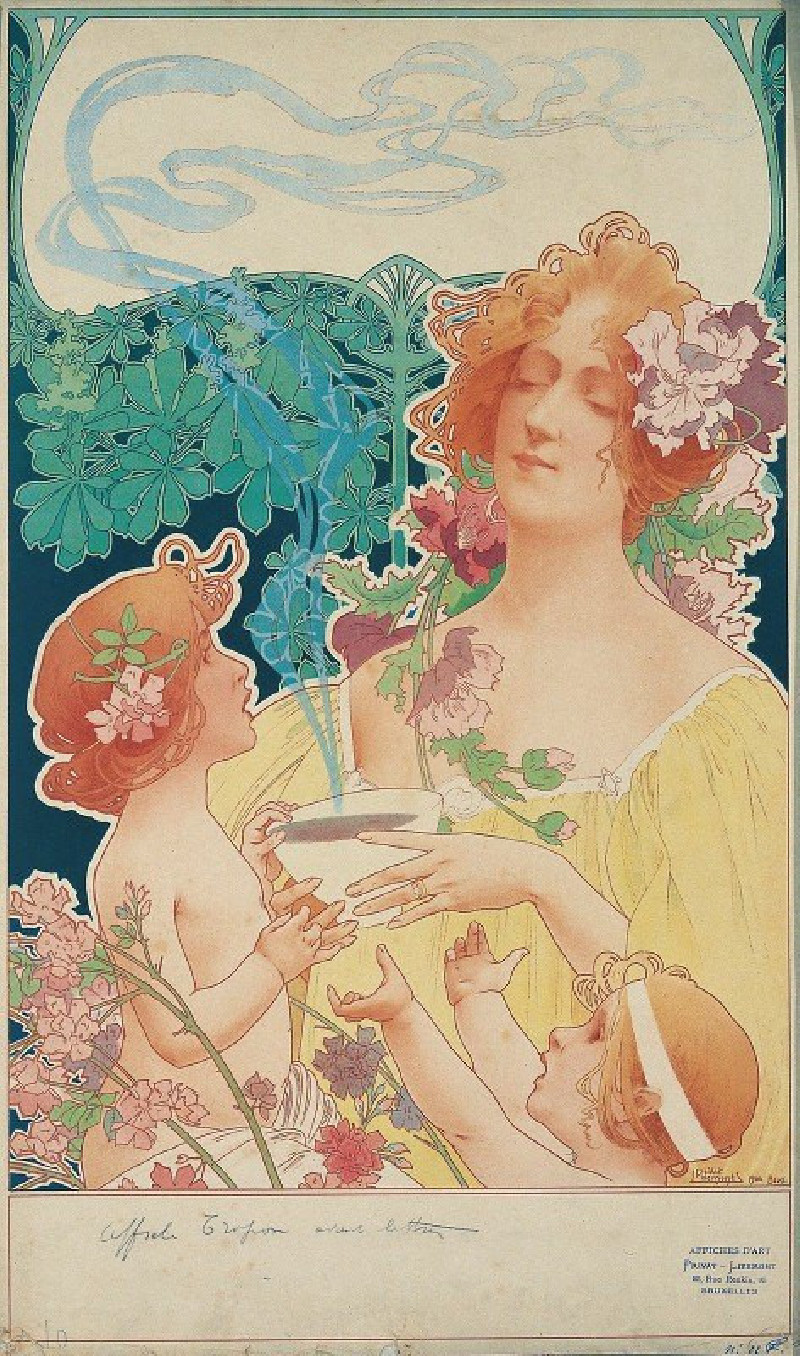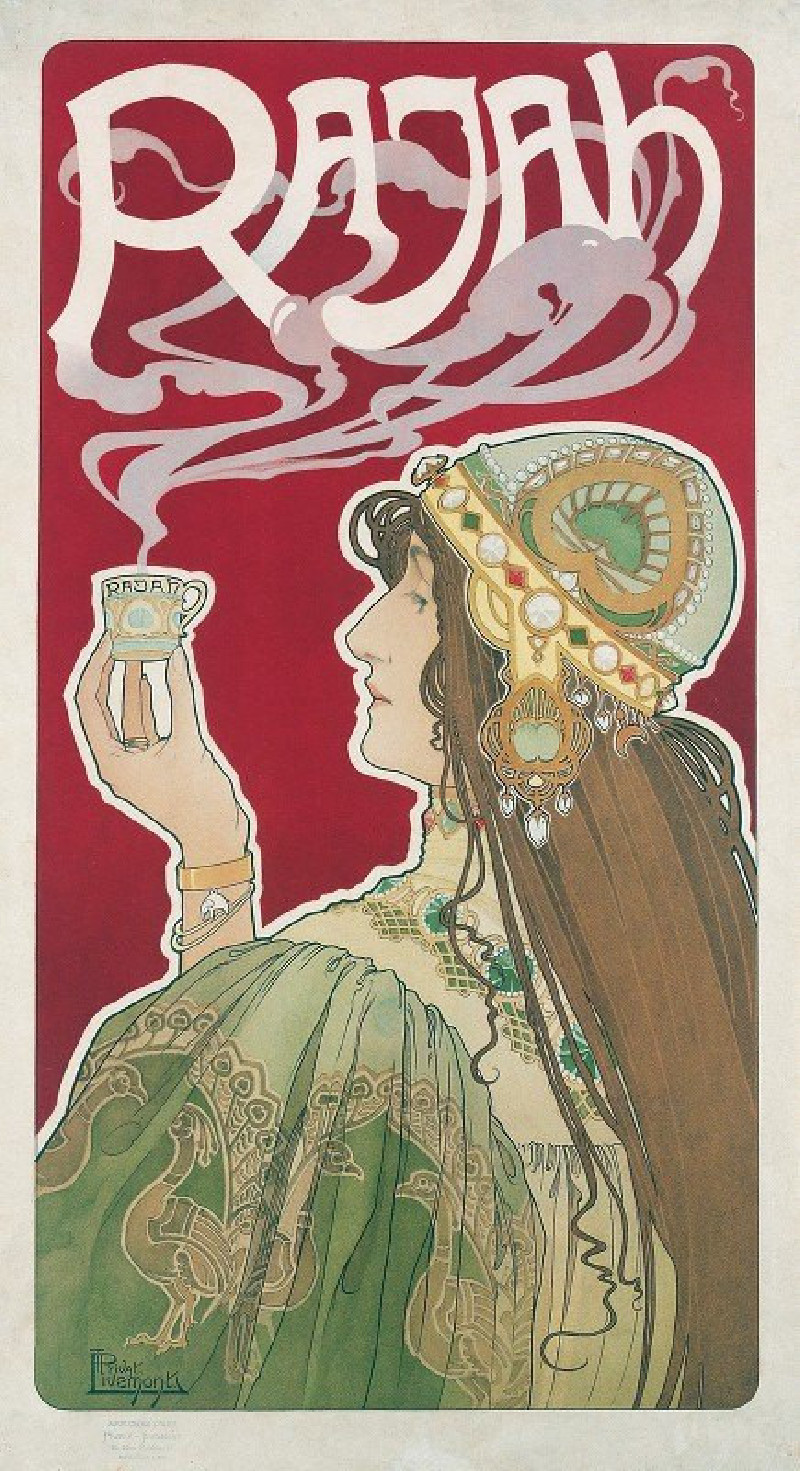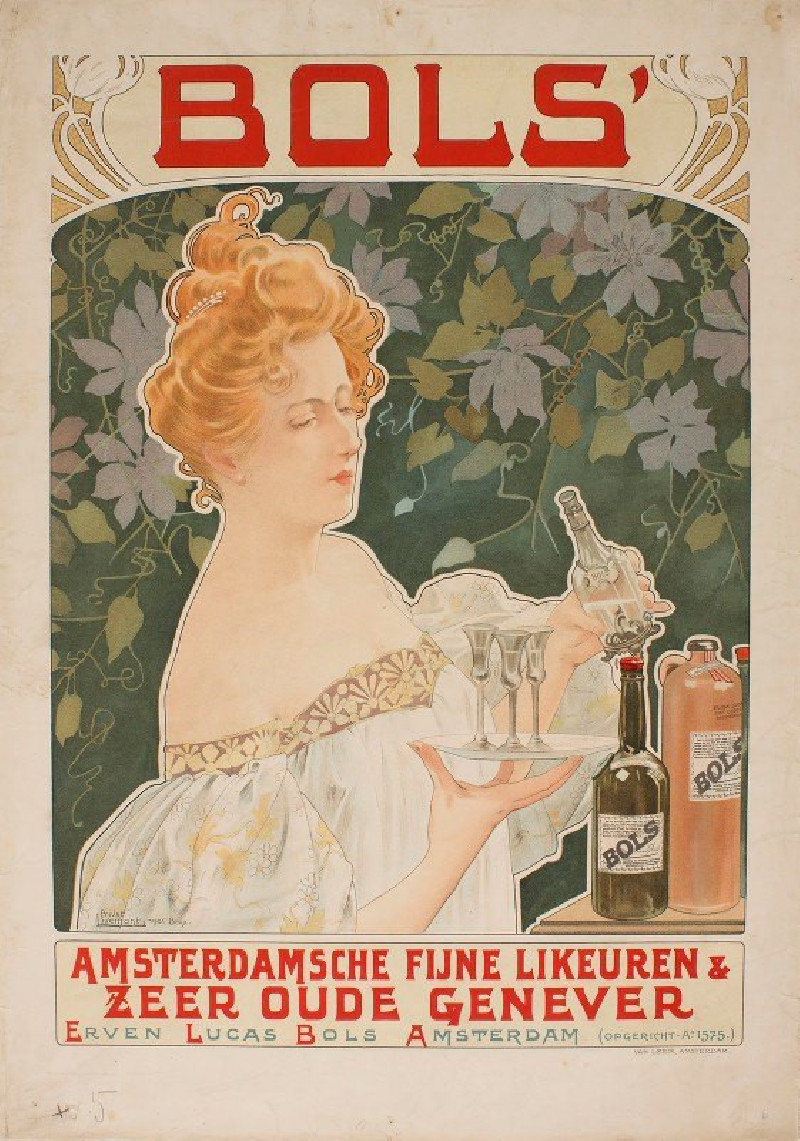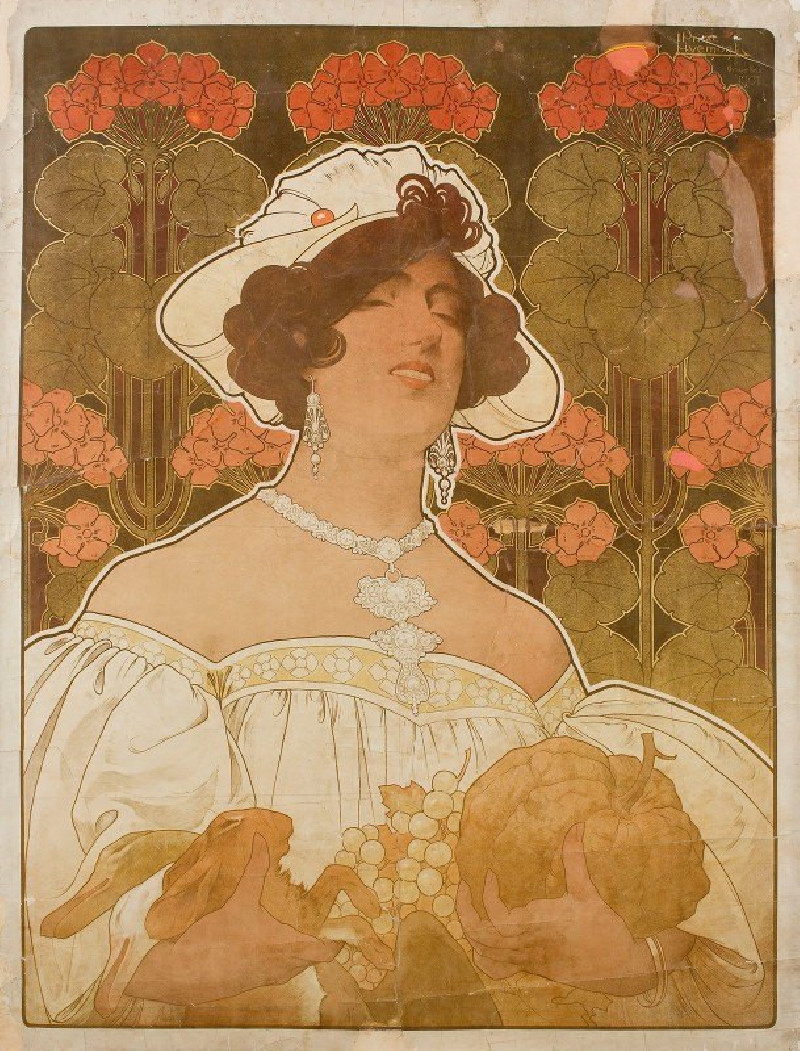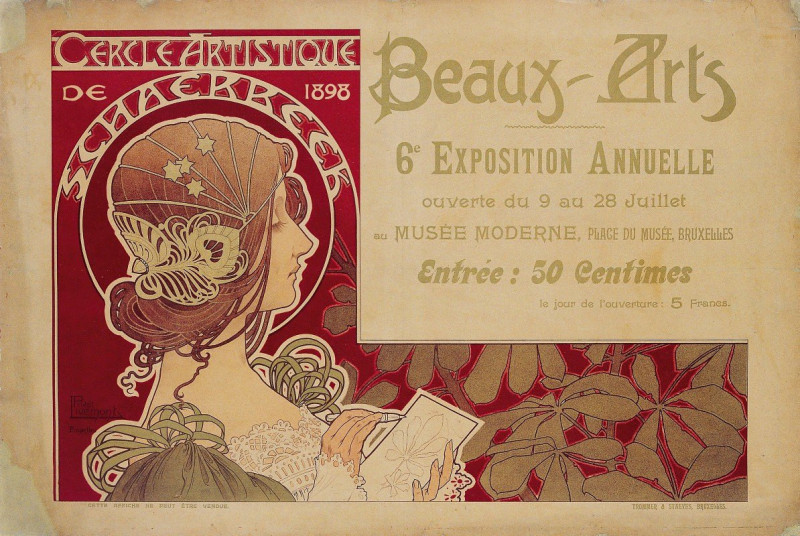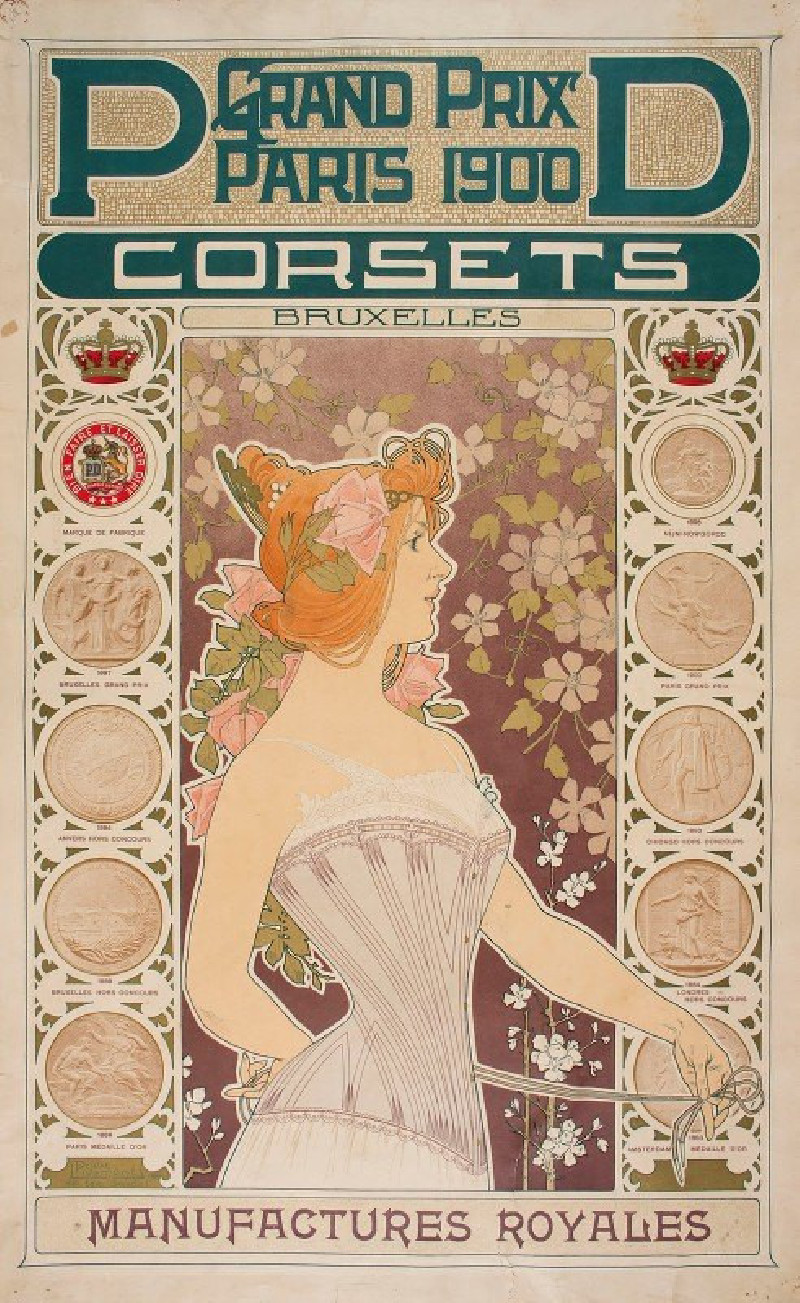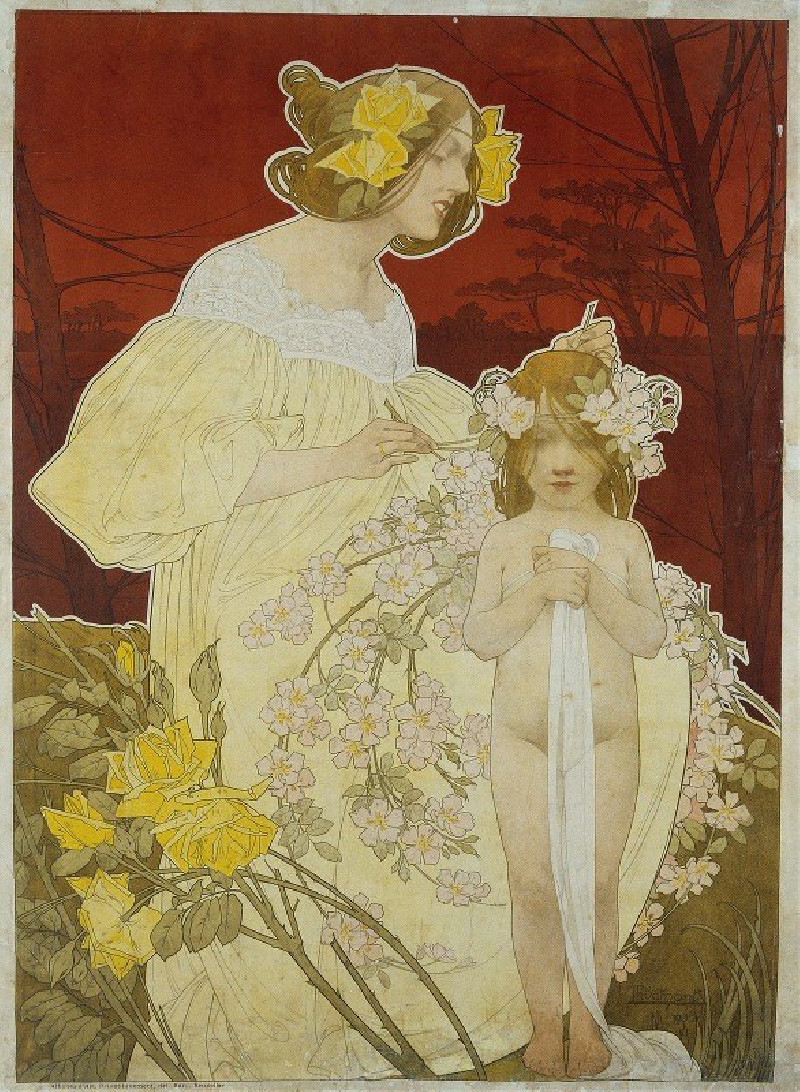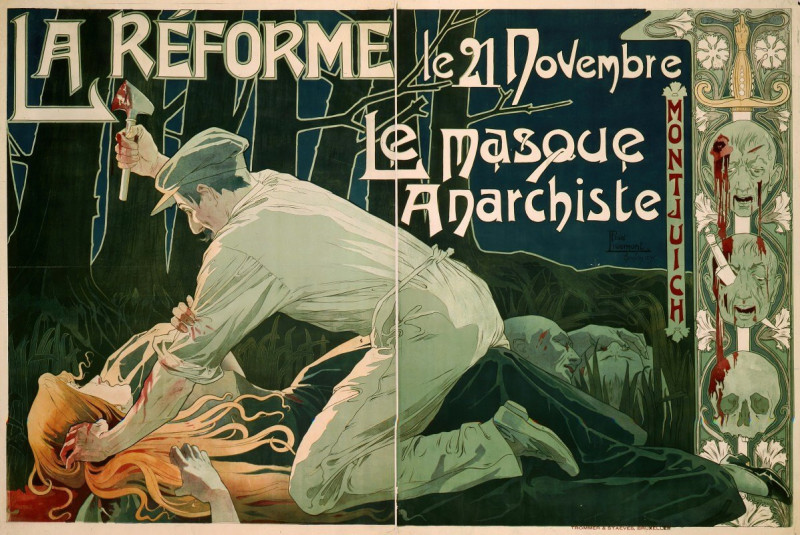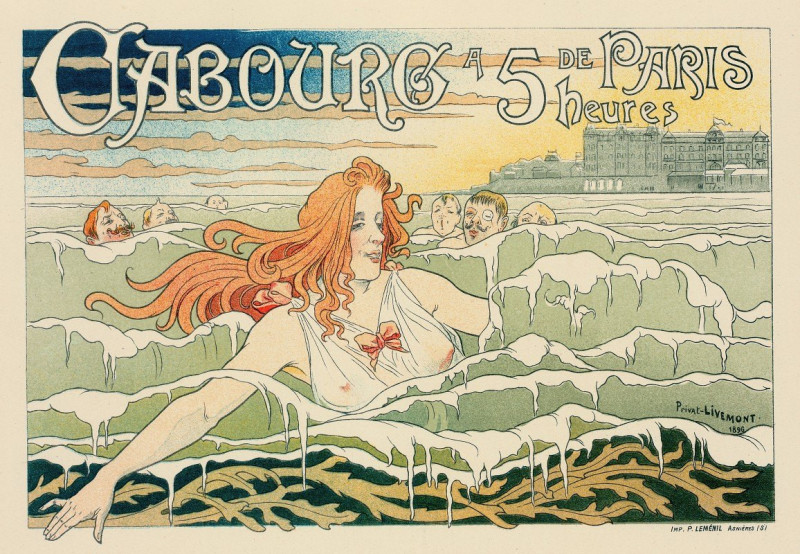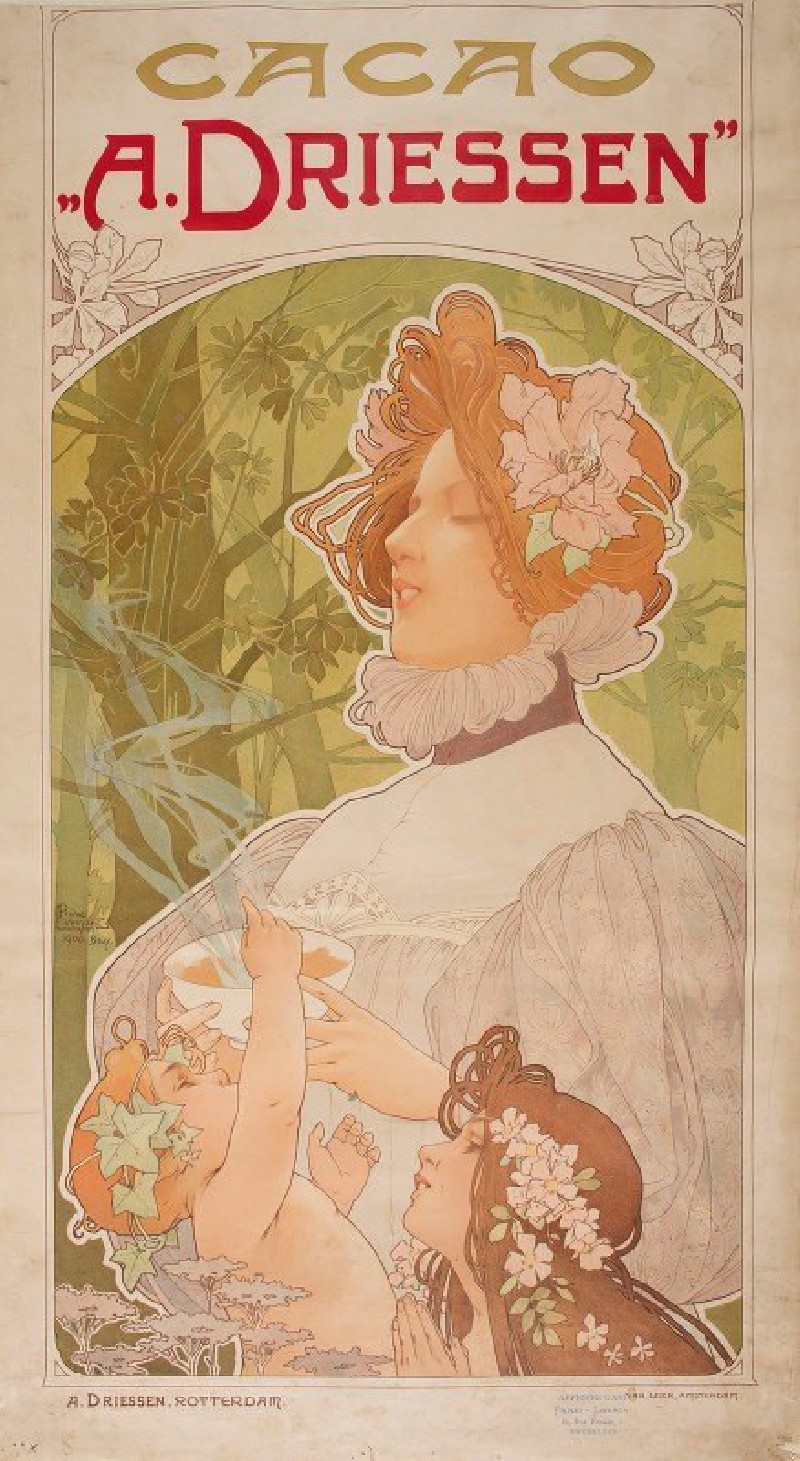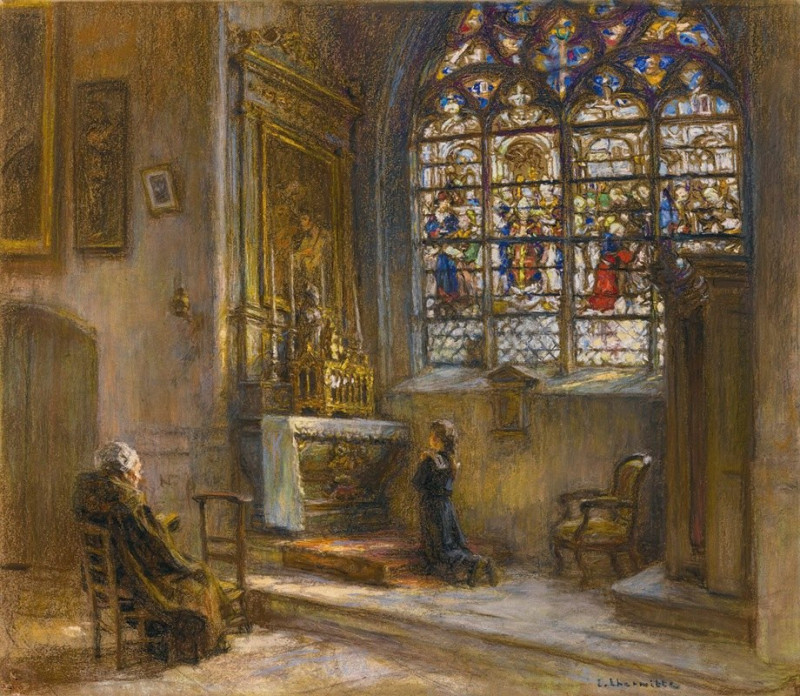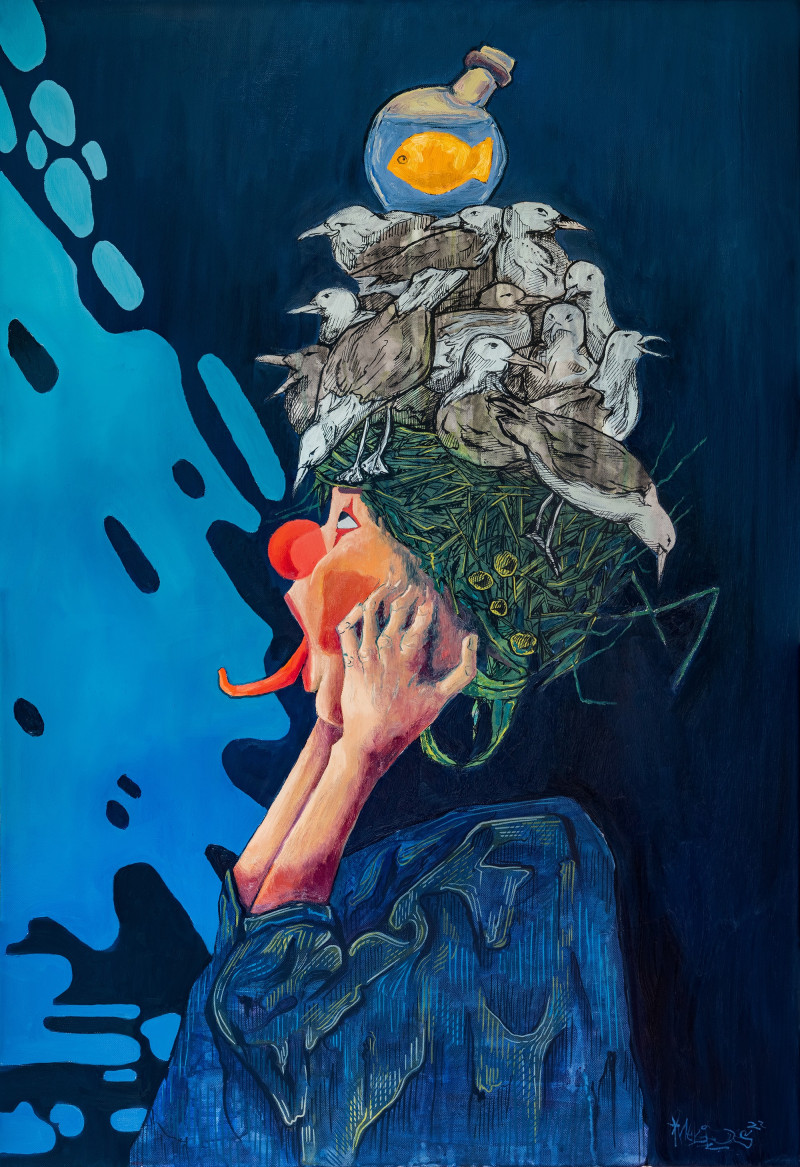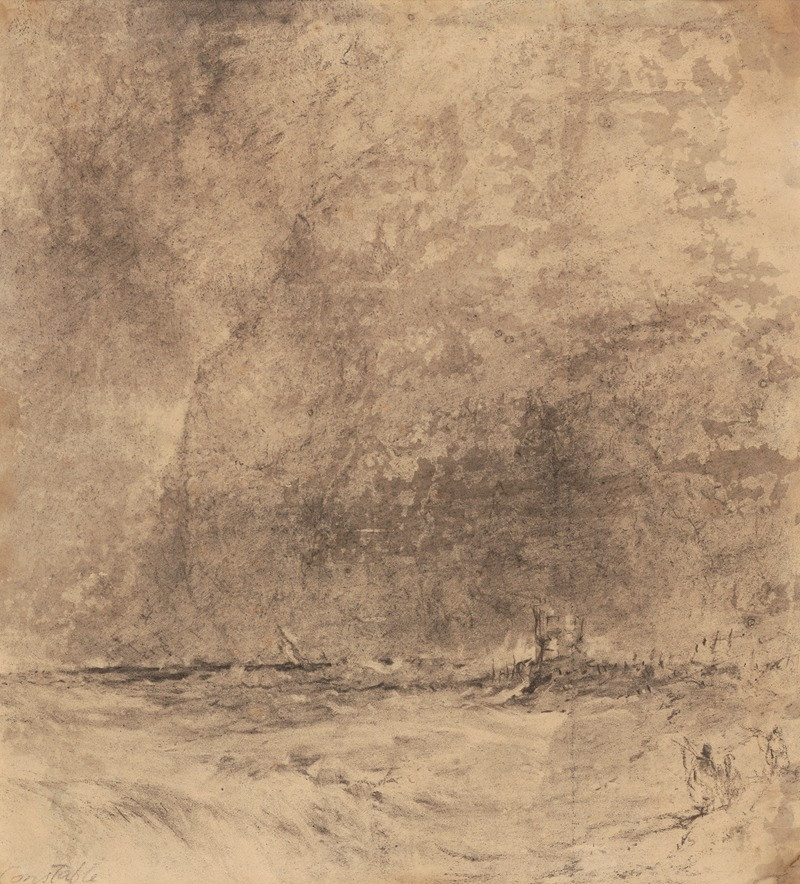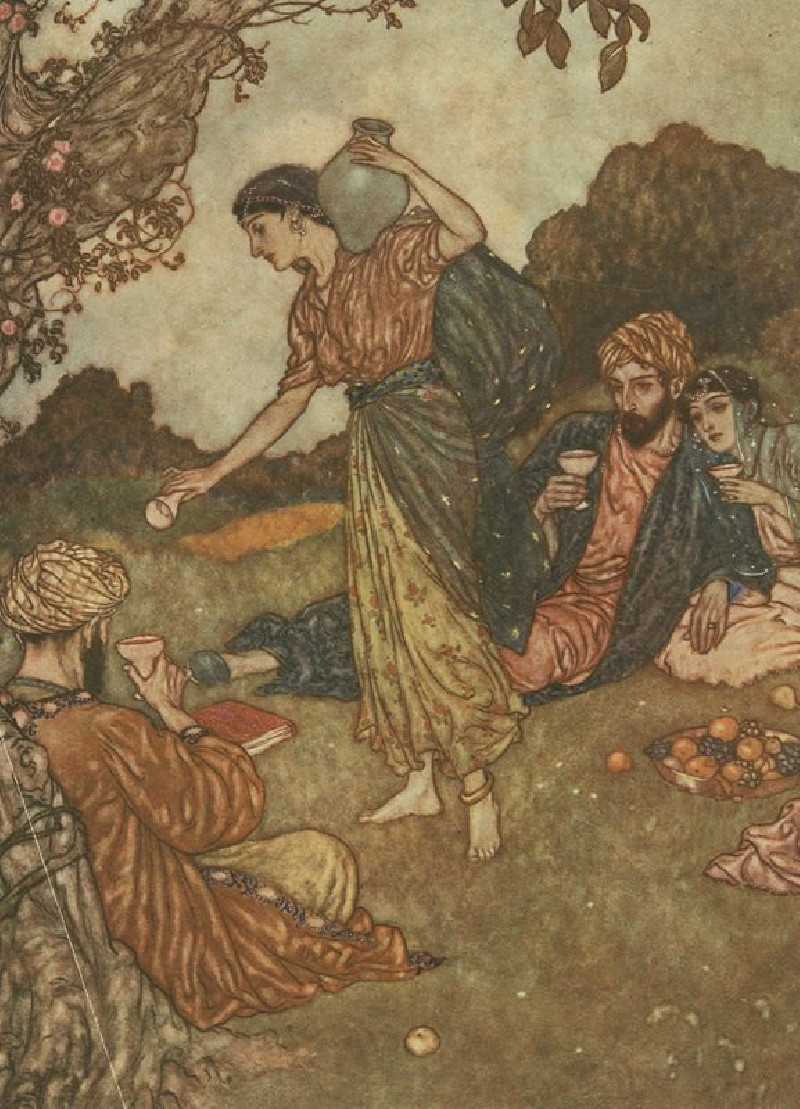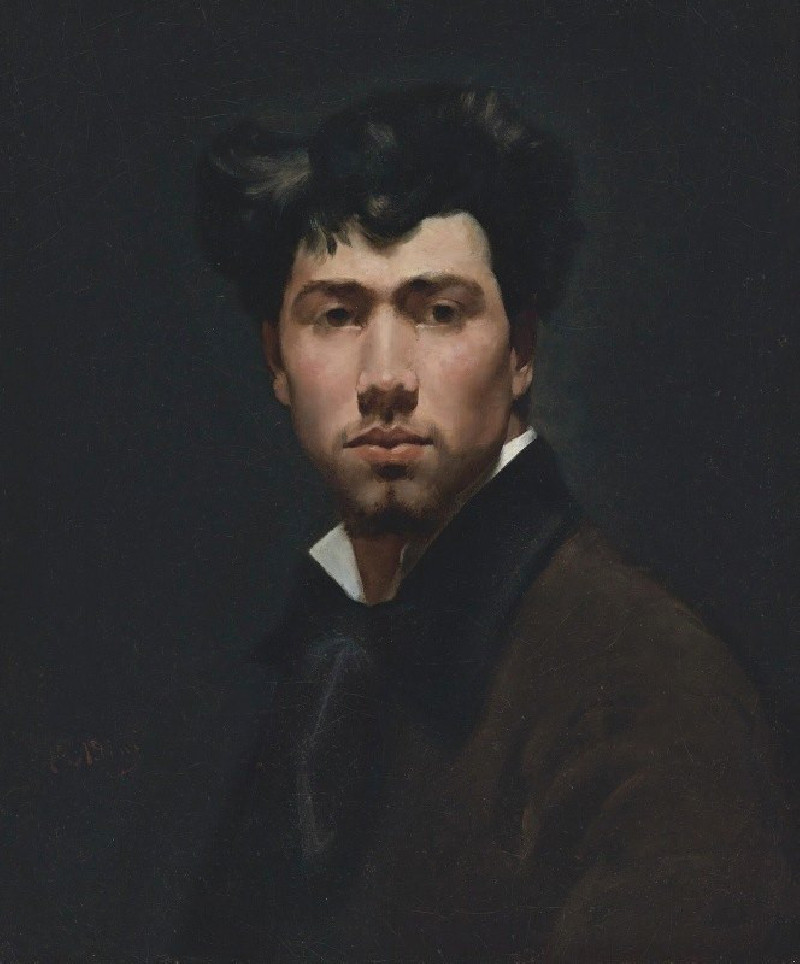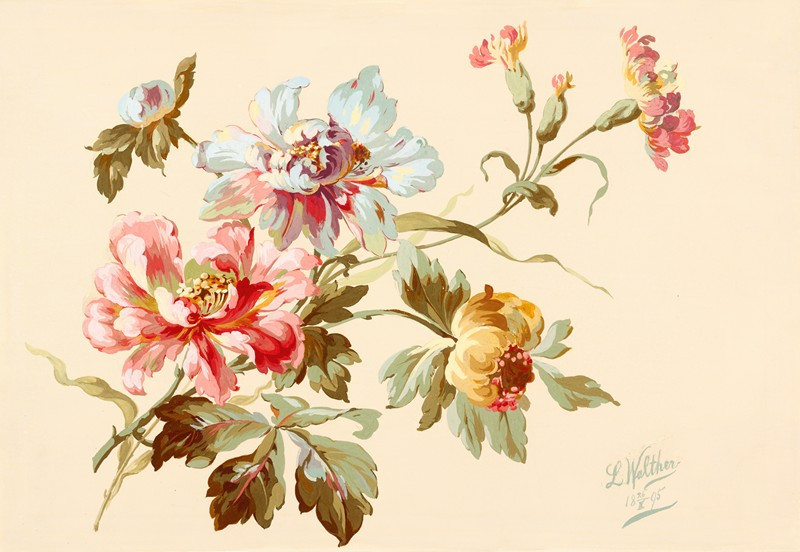Tropon Chocolat-Cacao (1900)
Technique: Giclée quality print
Recommended by our customers
More about this artwork
Welcome to a captivating journey through art, as we explore the illustrious work "Tropon Chocolat-Cacao" created by the distinguished artist Henri Privat-Livemont in 1900. An epitome of Art Nouveau style, this painting beautifully encapsulates the spirit of an era renowned for its ornate decorations and fluid lines.In this exquisite piece, Privat-Livemont depicts a graceful, ethereal woman, dressed in a flowing yellow gown, indulging in a cup of hot chocolate. Her serene expression evokes a sense of tranquil enjoyment, as if the simple act of tasting chocolate transports her to a realm of quiet delight. Surrounding her are lush, verdant flowers and foliage, their vibrant colors popping against the light background, enhancing the dreamlike quality of the composition.Adding a whimsical touch are two cherubic figures, one of which is offering the woman a chocolate, emphasizing the painting's theme of indulgence and pleasure derived from cocoa. Their innocent expressions and playful demeanor juxtapose charmingly with the woman's more composed and mature elegance.The overarching theme of luxury and sensual pleasure is further underscored by the delicate and intricate details of the floral arrangements and the gentle swirl of what appears to be steam or aroma emanating from the cup of chocolate, resembling the flowing, stylized lines typical of Art Nouveau.Henri Privat-Livemont's "Tropon Chocolat-Cacao" is more than a visual treat; it's an invitation to relish the simple luxuries of life, presented through the enchanting lens of one of the art world's finest periods.
Delivery
Returns
Henri Privat-Livemont (1861–1936) was an artist born in Schaerbeek, Brussels, Belgium.
He is best known for his Art Nouveau posters. From 1883 to 1889, he worked and studied in the studios of Lemaire, Lavastre & Duvignaud. He, with Lemaire, created the decor of the Theatre Français as well as the Hôtel de Ville, Paris. He later moved back to Brussels, and worked on theaters and casinos there.
In 1897, he worked on the poster for the Brussels International Exposition (1897). The posters for Absinthe Robette and the Casino de Cabourg were published in Les Maîtres de l'Affiche.

